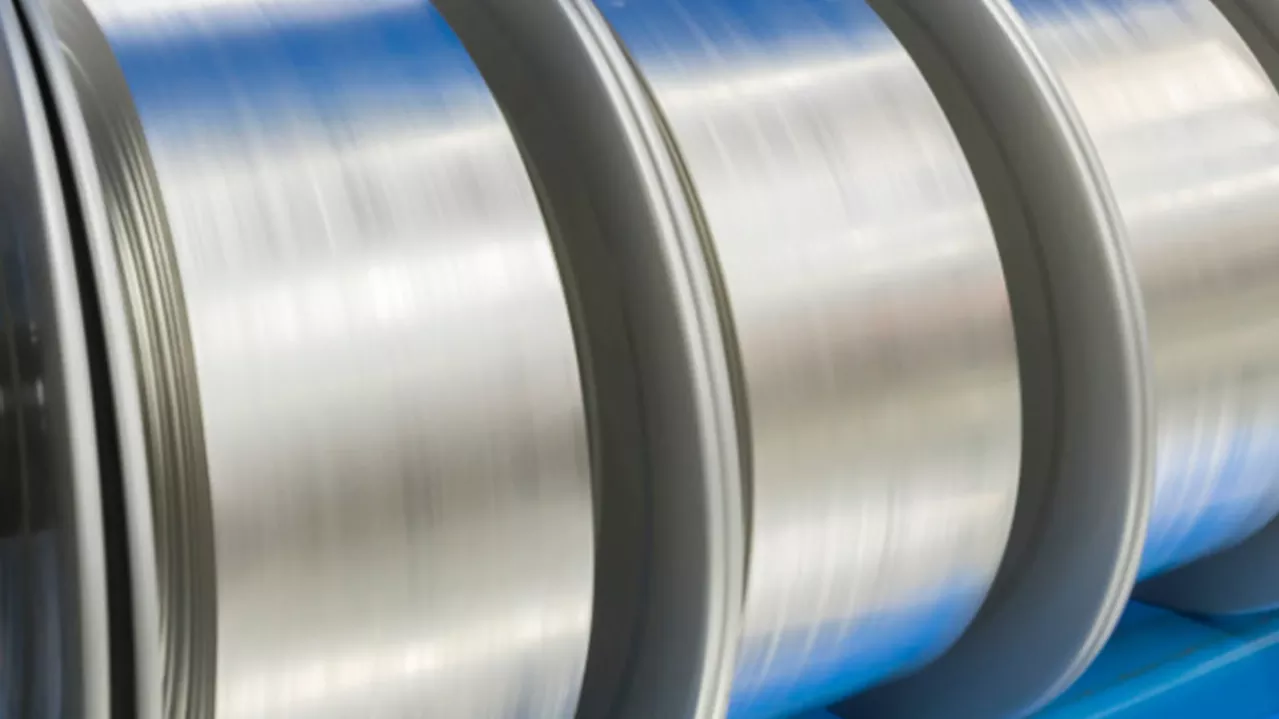
SOLUTIONS
Solutions that enable a more resilient world.
Albemarle partners with customers around the world to solve complex and everyday challenges. From molecular synthesis innovations to lithium- and bromine-based offerings to our technical know-how, we find solutions that are smarter, safer and better for both people and planet.
Explore Our Solutions
- Battery Materials TechnologiesFrom recycled material for cathodes to advances in ultra-thin lithium metal anodes and electrolyte advances for solid state solutions, Albemarle is driven to propel the global electric market innovation forward in ways that benefit all.
- Chemical SynthesisEmpowering small molecule API manufacturing through high-purity, custom reagents and technical support to promote safe and compliant scale-up for customers around the world. Learn more.
- Flame Retardants50+ years of advanced flame-retardant polymer solutions that help keep cars, devices, home and aircraft fire safe.
- Food SafetyAlbemarle’s technology helps protect people from serious illness caused by pathogens in our food supply. Learn more.
- Glass & Ceramics ModifiersAlbemarle is a leading supplier of high-quality lithium carbonate and spodumene products to the glass and ceramics industries. Learn more.
- Industrial Water TreatmentAlbemarle's pioneering bromine biocide technology offers dependable protection for commercial and industrial water systems. Click to learn more.
- Well CompletionPioneering well completion fluids for safer and more efficient operations ensuring a smooth and efficient well-completion process. Learn more.